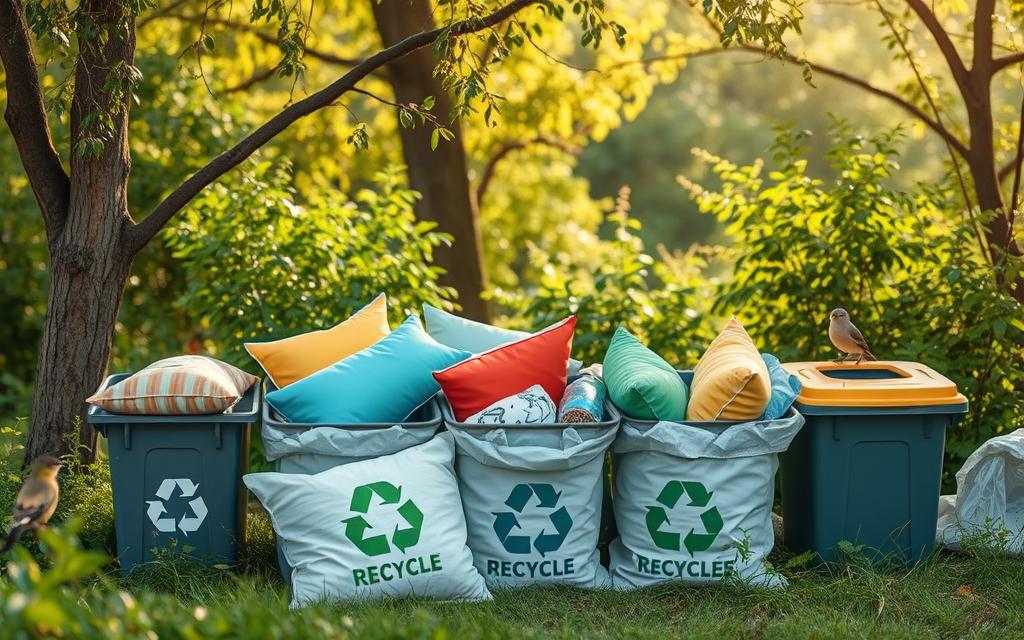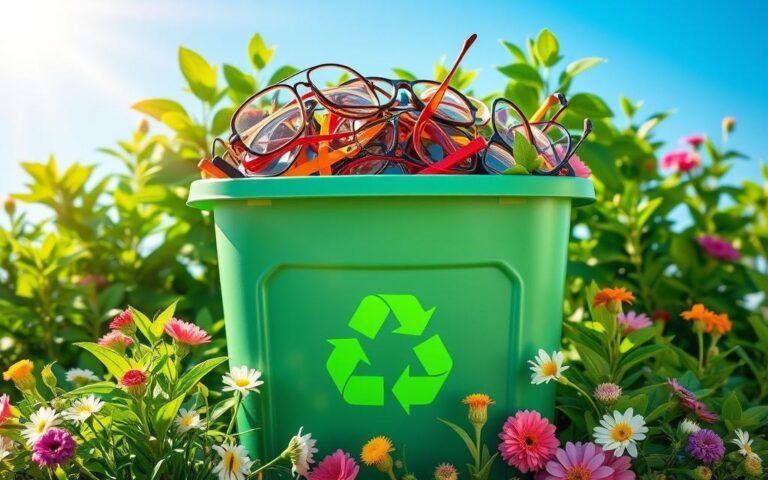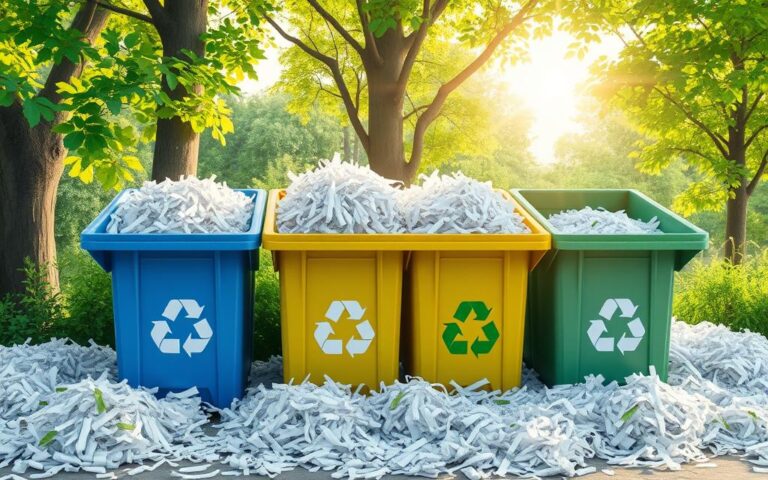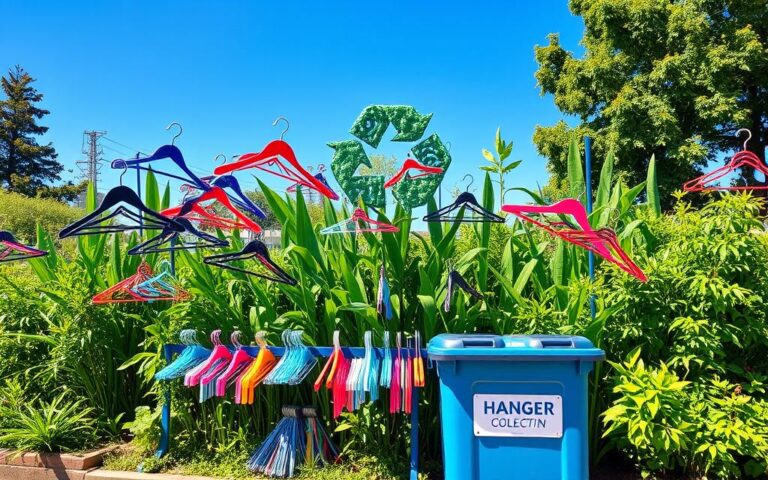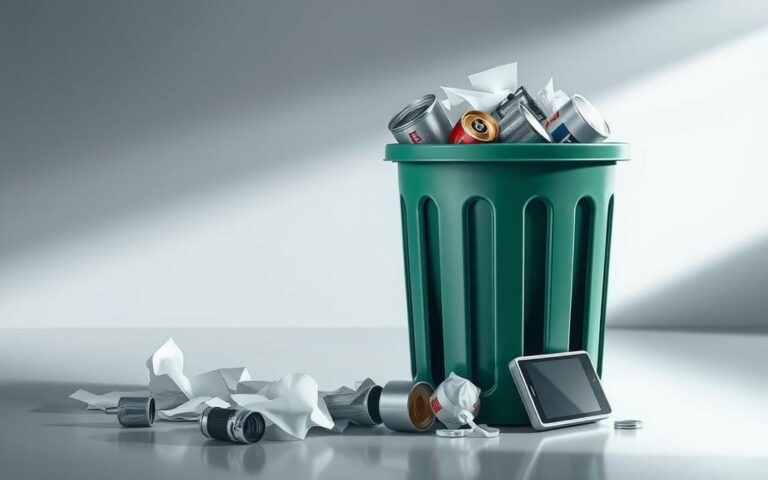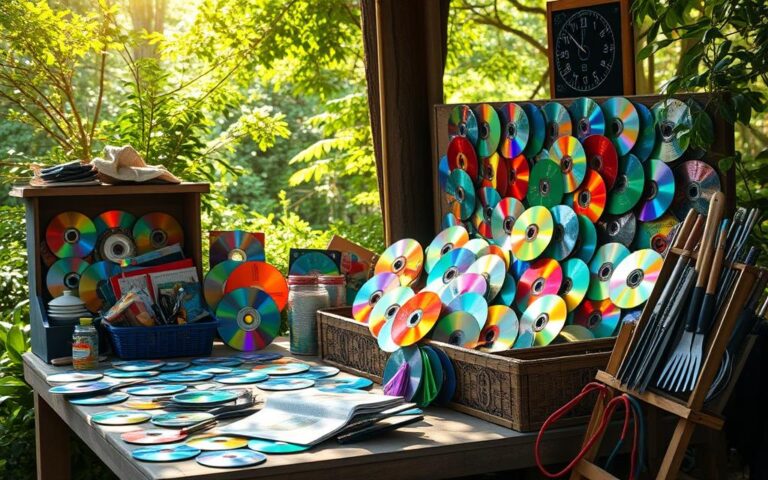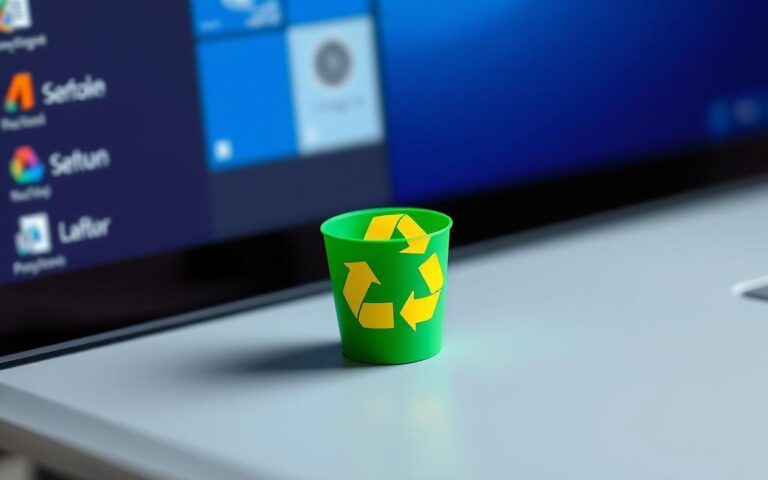How Do You Recycle Pillows? Eco-Conscious Disposal Options
Recycling pillows helps cut down landfill waste. In 2018, the U.S. Environmental Protection Agency found we threw away about 12.1 million tons of furniture and accessories, pillows included. Many pillow materials last hundreds of years in landfills, making eco-friendly disposal a challenge.
It’s key to choose sustainable paths like recycling, giving away, or repurposing to prevent long-term waste. As we learn more about pillows’ environmental effects, it’s critical to know our options. For more on eco-friendly disposal, check out this link.
Understanding the Need for Recycling Pillows
Recycling pillows is important for reducing waste. Poorly discarded pillows, especially ones with polyurethane foam, can harm the environment. They can take centuries to break down in landfills. Many pillows release dangerous chemicals that go beyond safe levels.
The Environmental Impact of Old Pillows
Pillows can create a lot of waste due to their materials. For example, memory foam takes a very long time to disappear. If not disposed of correctly, they can release harmful substances, affecting wildlife and possibly our food. Pillows need changing every one to two years. But using pillow protectors can help them last longer and stay clean.
Longevity and Maintenance of Pillows
The life of a pillow depends on how well it is looked after. Pillows made from organic latex often last longer than synthetic ones. Keeping pillows clean and stored right can stop them from wearing out quickly. If we don’t look after pillows properly, it can be bad for our health and the planet. Taking good care of pillows makes them last longer and lessens their environmental impact.
How Do You Recycle Pillows?
Learning the right way to recycle pillows is key for those who care about the environment. Each type of pillow material can be recycled differently. Being aware of this can make recycling more effective and cut down on landfill waste.
Pillow Materials: What Can Be Recycled?
Different pillows are made from materials like polyester, cotton, down, and latex foam. Each material offers different recycling options:
- Polyester: This is a man-made material that’s hard to recycle, often ending up in landfills.
- Cotton: This can be recycled at special centres. It’s turned into things like insulation or industrial cloths.
- Down and feathers: If you separate them, they can be composted; otherwise, they’re good for reuse in other ways.
- Latex foam: Not often recycled, but it lasts longer, which can be a good thing for the environment.
The Recycling Process for Different Types of Pillows
The way pillows are recycled depends on their type. Here are the common steps:
- First, pillows are collected and brought to a facility for sorting.
- Then, they’re taken apart to pick out the recyclable parts.
- Last, these parts are shredded to be made into new products like insulation or carpet padding.
Memory foam pillows are tricky because they’re made from different materials. They usually end up in landfills, which isn’t good for the planet. However, places like the American Textile Recycling Service (ATRS) take all kinds of pillows. They make sure these pillows are recycled properly. This helps keep useful materials out of the trash.
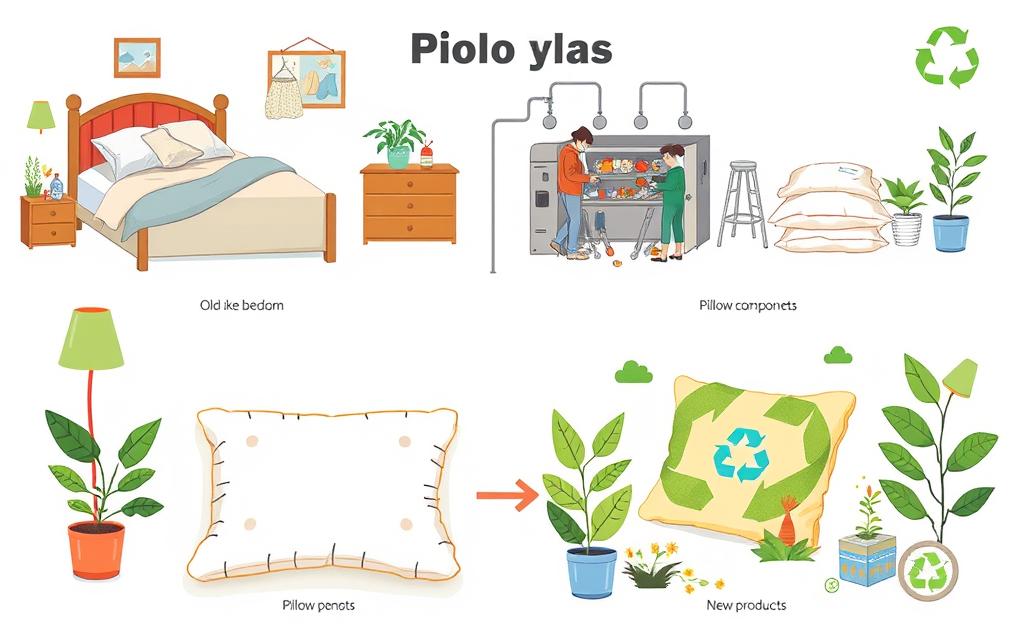
Recycling pillows the right way is important for keeping our planet clean. By knowing about different materials and how they’re recycled, we can all do our part. Together, we can make a big difference for the environment.
Exploring Donation Options for Old Pillows
Donating pillows helps those in need feel a bit more comfortable. However, pillows are special because they must be clean for health reasons. Many places that take donations need items to be in good condition.
Sanitary Considerations for Donations
Donating pillows means they must be clean and safe to use. Groups like Goodwill and the Salvation Army won’t take used pillows due to health risks. Always check with the charity about what they accept to avoid problems.
Organisations that Accept Pillow Donations
Some places do want your used pillows, especially for those without homes or animals in shelters. Local homeless shelters, animal shelters, and places that help wild animals often need these. They use them to make sleeping areas cozier.
- Homeless Shelters: They help by giving those in need a better place to sleep.
- Animal Shelters: Comforting animals waiting for a home is important.
- Wildlife Centres: Pillows help look after animals getting better.
Always contact local organisations to see if they can take your pillows. Following their rules makes sure your donation really helps.
Upcycling and Reusing Old Pillows
Transforming old pillows allows for creative recycling. It gives neglected items a new purpose. Doing so can make your space more inviting and help the environment.
Creative Ideas for Upcycling Pillows
There are many fun ways to reuse old pillows at home. Here are some projects to consider:
- Floor Cushions: Turn five old pillows into a comfy DIY floor cushion.
- Pet Beds: One pillow works for cats or small dogs; larger pets might need two or three.
- Gardening Knee Pads: Make knee pads from pillows for gardening comfort.
- Crochet Throw Pillow Cover: An old pillow can become a unique crochet cover, cutting down on new buys.
- Reusable Grocery Bags: Fashion eco-friendly shopping bags from pillow fabric.
Practical Uses for Old Pillow Stuffing
The insides of old pillows can be repurposed around the house:
- Refill Other Cushions: Use the stuffing to bulk up other flat cushions or pillows.
- Stuffed Animal Revitalisation: Bring life back to old stuffed toys with pillow filling.
- Cleaning Rags: Turn pillows into strong cleaning rags for home use.
- Draft Stoppers: Create draft stoppers from the stuffing to keep your home warm.
- Compostable Options: Feather or down fillings can go into your compost bin, lessening waste.
By engaging in upcycling, you help cut down on waste and support a sustainable lifestyle. To learn about eco-friendly pillow recycling, check out this article.
Drop-off Recycling Locations for Pillows
Finding where to recycle pillows is important for the environment. Many places have textile recycling centres for items like soft bedding. Earth911 helps you find these centres, making sure your old pillows are recycled right.
Finding Local Textile Recycling Centres
Local centres are key in handling waste well. They take pillows and turn them into new things. It’s good to ask your local area about special pick-up times for big items. This makes recycling easier. Make sure the centre can deal with different types of pillows.
The Role of the American Textile Recycling Service (ATRS)
The American Textile Recycling Service (ATRS) offers special bins for textiles in many areas. They keep pillows out of dump sites by recycling them into new items, like insulation. Working with ATRS means your recycling efforts really help.
FAQ
Why is it important to recycle pillows?
Recycling pillows helps cut down on landfill waste. This action reduces environmental damage. Most pillows don’t break down easily, harming our planet.
How often should I replace my pillows?
Pillows should be replaced every one to two years. Keeping them clean and using protectors help them last longer. This keeps them in good shape and healthy to use.
What materials in pillows can be recycled?
Pillows can be made from recyclable materials such as polyester and cotton. Latex foam and down are also recyclable. Down feathers, for instance, can even be composted.
Can I donate my old pillows?
Yes, but some places might not take them due to health reasons. Animal shelters and local homeless shelters often need pillows.
How should I prepare pillows for donation?
Make sure the pillows are clean before donating. Always check with the facility on their specific needs for pillow donations.
What are some creative ways to upcycle old pillows?
Old pillows can be turned into pet beds or floor cushions. Use the fabric for quilting or crafts and the stuffing for packing.
Where can I find recycling centres for pillows?
Check out Earth911 for local recycling spots. The American Textile Recycling Service (ATRS) has bins in several states for dropping off textiles.
What happens to pillows that can’t be recycled?
Pillows that mix materials, like memory foam, often end up in landfills. It’s tough to recycle them without proper sorting.

